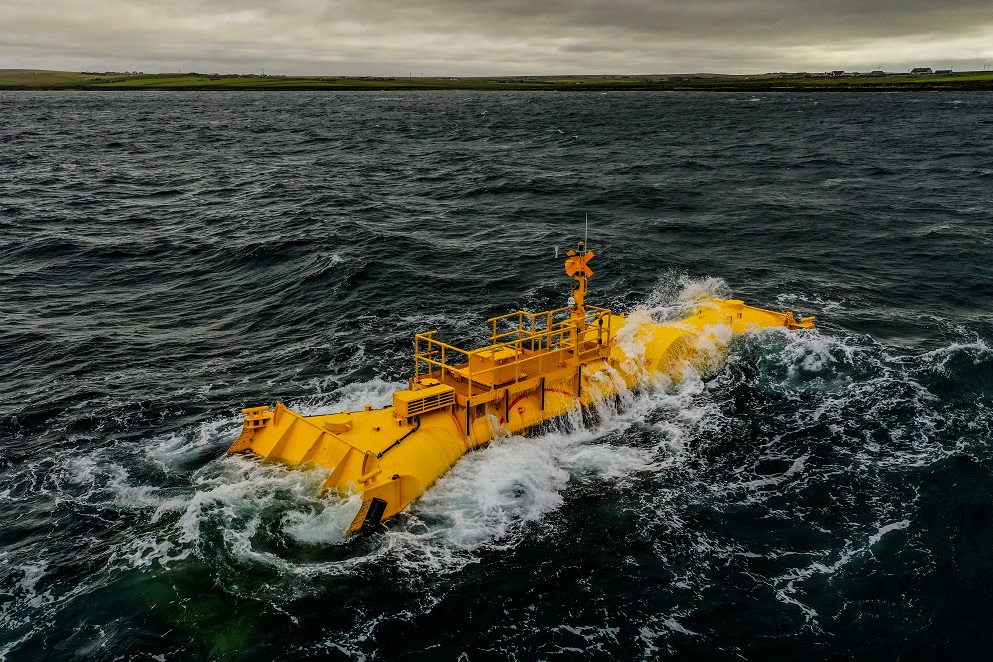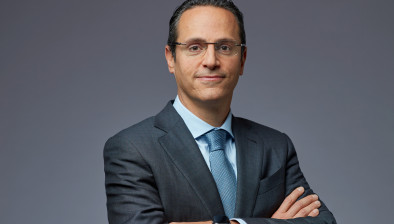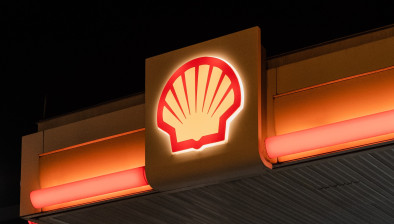Shell joins Renewables for Subsea Power demonstrator project

(credit: Colin Keldie)
Energy major Shell has joined the Renewables for Subsea Power (RSP) collaborative project which is currently powering subsea equipment off the coast of Orkney through a combination of wave power and subsea energy storage.
The £2 million demonstrator initiative, which is currently nearing 12 months in the water, has connected the Blue X wave energy converter – built by Edinburgh company Mocean Energy – with a Halo underwater battery storage system developed by Aberdeen intelligent energy management specialists Verlume.
The fully operational project, located 5km east of Orkney Mainland, aims to show how green technologies can be combined to provide reliable low carbon power and communications to subsea equipment, offering a cost-effective alternative to umbilical cables, which are carbon intensive with long lead times to procure and install.
The new investment has come via the Shell Technology – Marine Renewable Program, a global R&D group pursuing the mission of finding, screening, testing, and developing marine renewable energy technologies to achieve more value with lower emissions and help build the critical energy infrastructure for the Blue Economy to grow and thrive.
They will now join project leads Mocean Energy and Verlume, alongside industry players Baker Hughes, Serica Energy, Harbour Energy, Transmark Subsea, PTTEP, TotalEnergies and the Net Zero Technology Centre (NZTC).
Joining RSP offers Shell access to all data and results from the current test programme, alongside a feasibility assessment of the use of RSP technology at a location of their choice.
Ian Crossland, commercial director at Mocean Energy, said: “This new investment by Shell underscores the international interest in our pan-industry project and we look forward to working with them and exploring potential new applications for RSP’s combined technologies.”
Andy Martin, chief commercial officer at Verlume, added: “With the Renewables for Subsea Power project being operational now for 10 months, I am proud of what has been achieved both technically and commercially to date, alongside the calibre of the industry partners that are involved.
“It is great that Shell is now joining the project, a company that we have been working with for some time. I am looking forward to continuing our close working relationship.”
Graeme Rogerson, head of net zero technology at NZTC, said: “It’s fantastic to see the Renewables for Subsea Power project go from strength to strength, having supported Mocean Energy since 2019.
“The Blue X wave energy converter and Halo underwater battery storage system have demonstrated their effectiveness in delivering low carbon power and communication to offshore subsea infrastructure. Shell’s investment and the opportunity to continue to test in a real-world environment will help to further progress the technologies.”
The Orkney deployment is the third phase of the pioneering Renewables for Subsea Power project. In 2021, the consortium invested £1.6m into phase two of the programme – which saw the successful integration of the core technologies in an onshore test environment at Verlume’s operations facility in Aberdeen.
In 2021, Mocean Energy’s Blue X prototype underwent a programme of rigorous at-sea testing at the European Marine Energy Centre’s Scapa Flow test site in Orkney, where it generated first power and gathered key data on machine performance and operation.
Verlume’s seabed battery energy storage system, Halo, has been specifically designed for the harsh underwater environment, reducing operational emissions and facilitating the use of renewable energy by providing a reliable, uninterrupted power supply. Halo’s fundamental basis is its intelligent energy management system, Axonn, a fully integrated system which autonomously maximises available battery capacity in real time.










